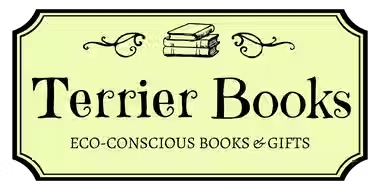- jpintana
- 1 hour ago
- 2 min read
This year at the Frankfurt Book Fair, the Green Book Alliance gathered supply-chain partners from around the world for our second workshop focused on carbon accounting. The energy in the room made one thing clear: despite ongoing pressures across the industry, there is a strong, growing commitment to building the tools and shared knowledge needed to make meaningful progress on sustainability.
Participants exchanged insights, compared experiences, and discussed what they need next to advance carbon measurement. The conversations reflected an industry that is increasingly aligned on both the importance of carbon data and the opportunity to work together on practical solutions.

What We Heard
1. Sustainability Must Become a Strategic Priority
While day-to-day pressures are real, attendees emphasized that sustainability needs to be embedded in organizational planning. Many expressed a desire to integrate carbon considerations into routine decision-making not as an added burden, but as a pathway to efficiency.
2. Industry Wants Clear, Consistent Data
Across groups, there was enthusiasm for tools that create a common language around carbon footprints. Even with the variety of tools already in use, there was agreement that harmonization is both needed and achievable.
3. Benchmarking Will Unlock Action
Several groups pointed to benchmarking as a turning point: comparing year-over-year performance, aligning with peers, or tracking improvements from operational changes. Attendees were eager for tools that don’t just calculate carbon but help them understand it, contextualize it, and act on it.
4. Legislation and Market Signals Are Moving the Industry Forward
From EUDR to emerging product-passport concepts, regulatory changes continue to encourage investment in better data management. Participants noted that environmental information is being asked for increasingly and being prepared now positions organizations to respond smoothly and even use sustainability as a competitive advantage.
5. A Sense of Optimism About Collaboration
Despite different geographic contexts and organizational priorities, the workshop revealed strong alignment: carbon data is valuable, progress is accelerating, and collaboration is essential. Many attendees noted how much the industry’s sustainability maturity has grown in just a few years.

How the Discussion Supports the GBA Carbon Calculator
The themes from Frankfurt directly validate GBA’s Carbon Calculator Project, which aims to make available a free web-based tool designed to calculate the carbon footprint of a single book and make carbon measurement accessible for organizations of all sizes.
What the industry asked for
Clear, consistent calculation methods
Transparent and comparable results
Easy-to-use tools for small teams
Support and training
A pathway toward benchmarking and future improvements
Data that informs real decisions about paper, printing, and sourcing
What the GBA Carbon Calculator offers
GBA is transforming a trusted Canadian Excel-based model into a user-friendly global tool that provides:
Consistent, transparent carbon footprint calculations
Alignment with GHG Protocol principles
Real-time book-level estimates to guide production choices
Access for publishers, printers, and partners at no cost
Training, onboarding, and implementation support
A foundation for future expansions, including more print processes and organizational-level reporting
This tool directly addresses the needs raised in every breakout group: helping the industry move from intention to action.
For questions or to get involved, reach out at info@greenbookalliance.org.


